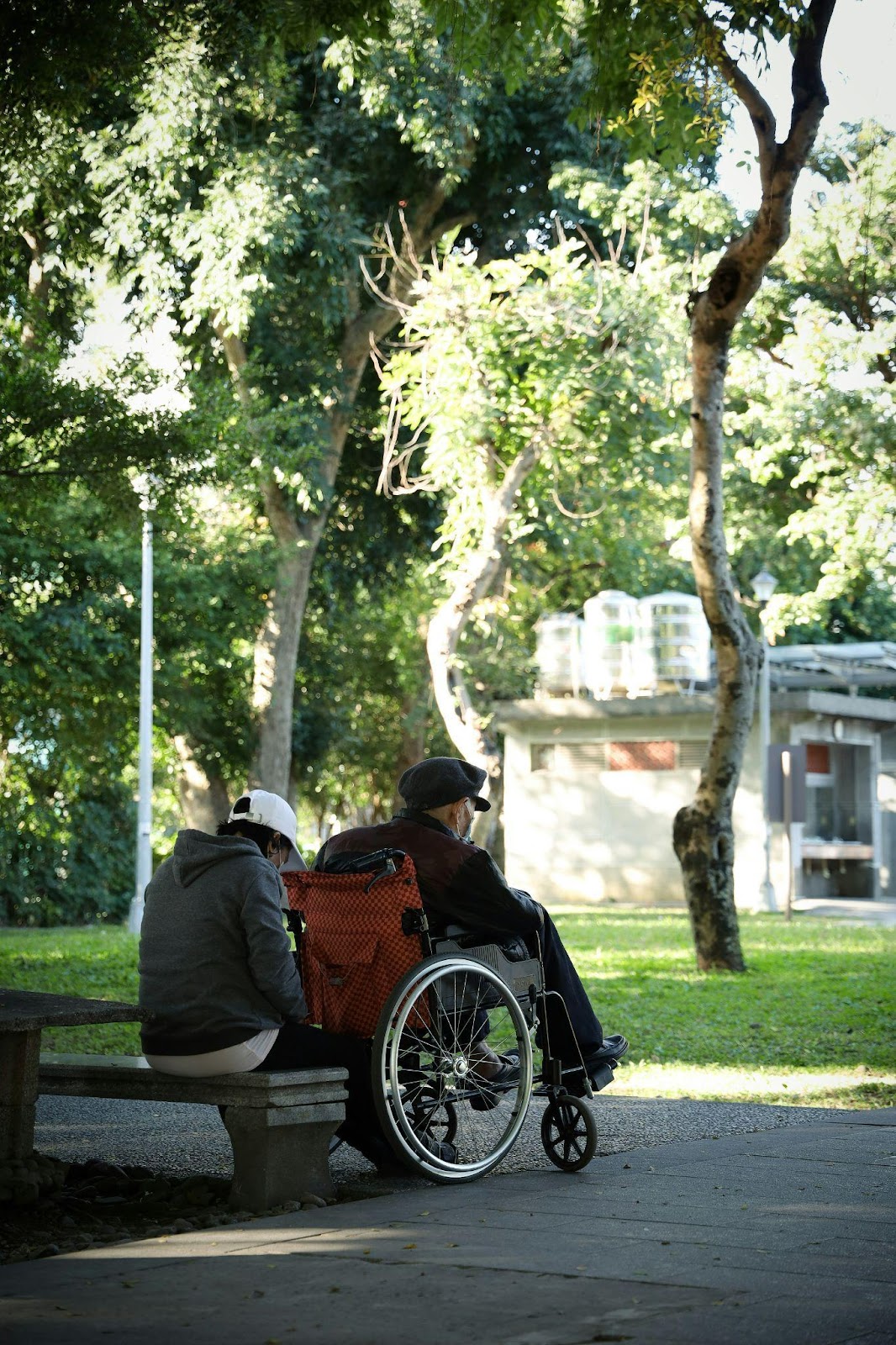Many of us are all too aware that living with a disability can frequently include more obstacles than necessary. Technology significantly influences the transformation of disability assistance services. It empowers people with impairments by increasing their independence, enhancing daily life, and promoting inclusivity.
These modifications seek to empower carers, improve the quality of life for those receiving support, and expedite the delivery of services. If you’re considering working in this exciting industry, obtaining a Certificate III in Individual Support Ageing can provide the fundamental understanding and abilities required to succeed in this changing environment. In this blog, we examine the leading technologies that are revolutionising services for the elderly and disabled.
1. Remote monitoring and telehealth
Telehealth has completely changed the healthcare industry by enabling remote monitoring and consultations. It has made it simpler for the elderly and disabled to receive medical care without having to leave their homes. With wearable health monitors and remote diagnostic tools, carers and medical experts can monitor patients’ health in real time, enabling them to manage chronic disorders more effectively and make timely treatments.
2. Assistive Technologies
People with impairments live better lives thanks to assistive technologies, ranging from sophisticated mobility aids to intelligent household appliances. Technological advancements like voice-activated gadgets, adaptable software, and robotic exoskeletons let people carry out chores independently, improving their quality of life and decreasing dependency on carers.
3. Models of Person-Centred Care
Individuals are now at the focus of care delivery and planning because of the transition towards person-centred care models. This method provides more individualised and efficient care by honouring each person’s choices, requirements, and values. Developing the ability to apply person-centred care is essential for students pursuing a Certificate III in Individual Support Ageing.
4. Integrated Care Systems
Integrated care systems that integrate health, social, and community services are ensuring a more coordinated strategy for providing assistance to the elderly and disabled. These platforms make better communication between various service providers possible, resulting in coordinated care plans that take into account every facet of a person’s well-being.
5. Improved Training and Education
Innovative training programs are giving caregivers more in-depth, real-world experience; these programs frequently use virtual reality (VR) and simulation-based learning. By preparing support staff to handle real-life circumstances more skillfully, these cutting-edge training techniques guarantee greater standards of care.
6. Digital medical records
The handling of patient data is becoming more efficient with digital health records. By making it simple to access and share treatment plans, medical histories, and other crucial data, these systems enhance the effectiveness and precision of healthcare provision.
7. Community-Based Support Programs
Community-based assistance programs aim to keep elderly and disabled people involved and active in their communities. Implementing programs that encourage social connection, leisure pursuits, and community involvement is key to preventing isolation and enhancing mental health.
8. Creative Housing Solutions
New housing options for the elderly and disabled, such as co-housing communities and smart homes, are creating safer and more helpful living spaces. These developments provide increased autonomy while guaranteeing that essential assistance is easily accessible.
9. Programs for Financial Assistance
The availability of ageing and disability care is increasing thanks to creative financial support initiatives. The financial strain on families and individuals is lessened by subsidies, grants, and insurance plans created especially for these services, improving access to high-quality treatment.
10. Care Practice Research and Development
Continuous development and research are enhancing care procedures. Research on treating chronic diseases, managing disabilities, and providing care for the elderly produces new techniques and guidelines that improve the efficacy of support services.
Challenges and Opportunities
Despite the enormous promise presented by these advancements, there are obstacles to be overcome:
- Ensuring that each one has access to technology regardless of location or socioeconomic position is known as the “digital divide.”
- Data security and privacy in an increasingly aggressive connected world, safeguarding private data and preserving data privacy.
- Ethics: Discussing moral issues surrounding the application of technology to assist services and healthcare.
- Cost-Effectiveness: Determining how to lower the cost of these innovations for both individuals and organisations.
Despite these obstacles, the future of assistance for the elderly and disabled is promising. By embracing technology, emphasising person-centred care, and funding workforce development, we can make society more inclusive and supportive for all.
In summary
The provision of elderly and disability support services is changing as a result of the creative application of technology. By embracing these developments, we may improve the lives of old age and individuals with disabilities while providing support workers with more satisfying professions. To provide the finest care possible, it’s critical to stay up to date on the latest innovations and trends in the industry as it continues to change.

